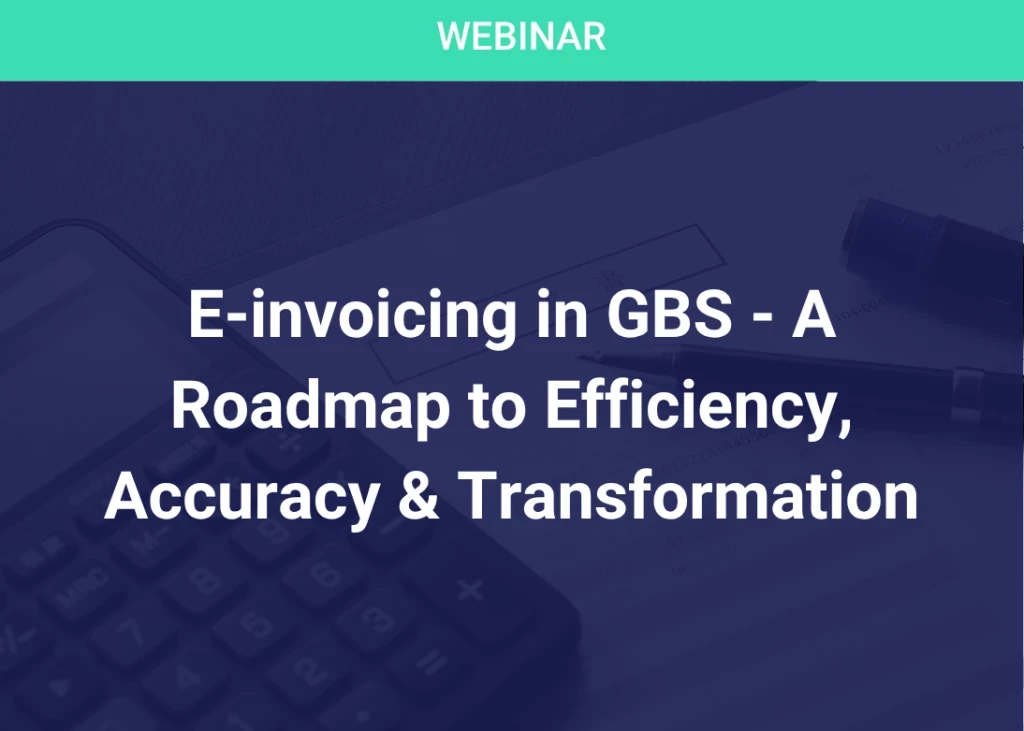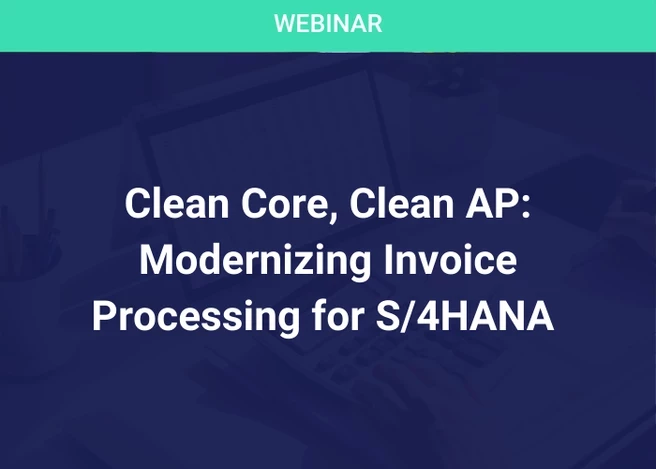Six Principles for Successful HR Transformation
Add bookmark
HR Transformation Programmes often take years to complete.
Why? Because companies tend to focus their attention on systems implementations to ensure the latest releases of cloud-based HR information systems are deployed, to leverage automation, manager / employee self-service (direct access), and systems integrations. All too often the softer side of change management is not as deeply addressed as it should be.
But: In addition to dealing with processes and systems, we really need to actively and interactively engage with people, to make change work.
In a recent Global HR Transformation programme for a leading global business-to-business travel organization, the challenge was to ensure that the drivers for change were easy to recall, particularly for People Managers and the HR Community – those most impacted and who had important roles to play in making things work and ‘becoming’ the change!
So we designed a one-page document listing six guiding principles for enabling the new HR Service Delivery model. We saw this as a very visible way to act as an aide memoir for HR and People Managers as they came to terms with the changes they needed to make.

6 guiding principles to create a new HR Service Model
- Promote... the role of People Manager as owner of the primary engaging relationship with the team, responsible for initiating employee lifecycle transactions to enable recruitment, on-boarding, performance management, compensation review and changes to reporting and employee data. This is a big cultural change and needs senior line manager sponsorship in addition to HR guidance and support to bring it to life as a way of working.
- Focus... on creating new specialist roles for HR BPs, CoEs and Shared Services teams and upskilling individuals to take those roles.
- Support... knowledge transfer from Country HR to the HR Service Centre and the new HR Portal so that the SSC teams can ably support managers and employees in finding answers to questions.
- Transfer... administration work from Country HR and CoEs to the HR SSC, and non- HR work out of HR and back to rightful owners. Managers, Finance, Facilities, Health & Safety, etc.
- Automate... transactions and report generation in the cloud-based HR information system wherever possible.
- Reduce... administrative activities, variation in ways of working, re-work, etc., by streamlining processes to eliminate bureaucracy and double handling of data. I.e., standardize processes wherever legally possible.
READ ALSO Part 2: How to Design and Lead Interactive Workshops to Create Dialogue for Change























